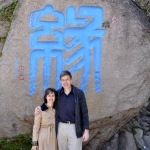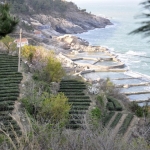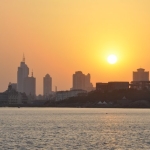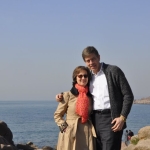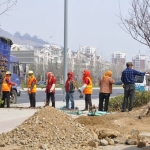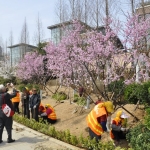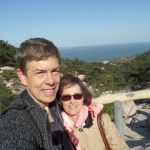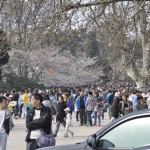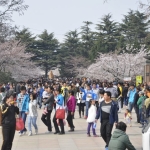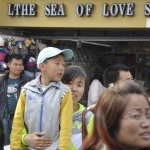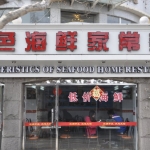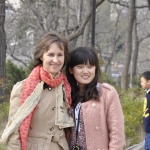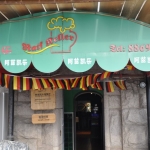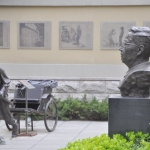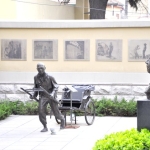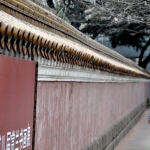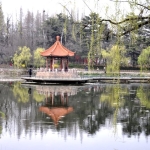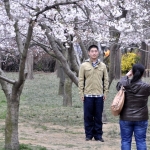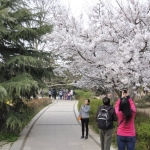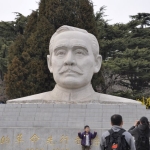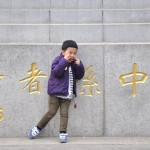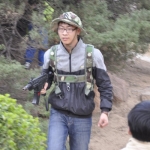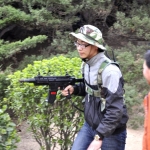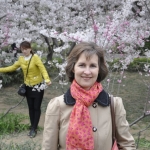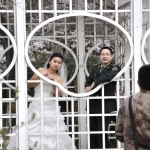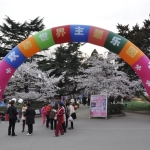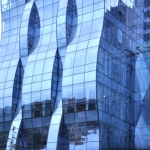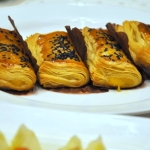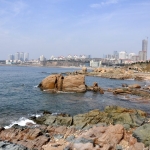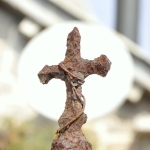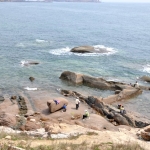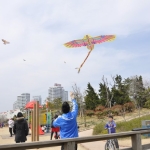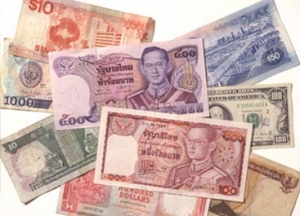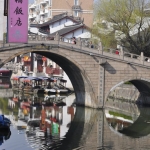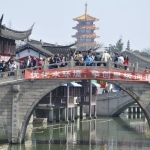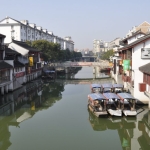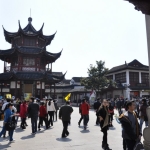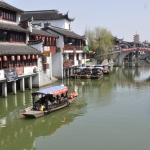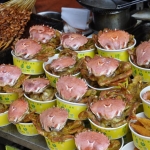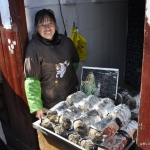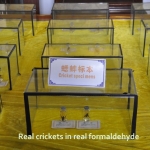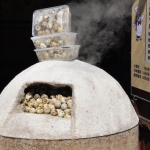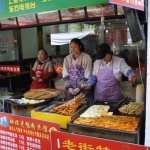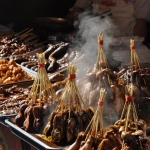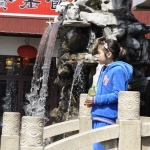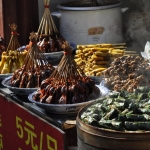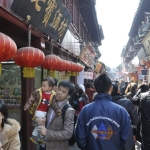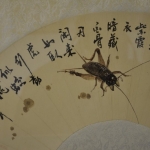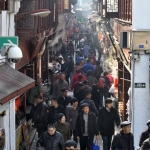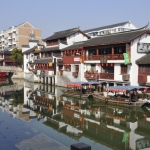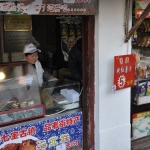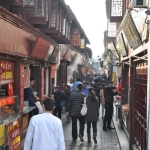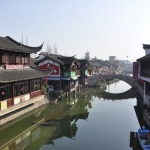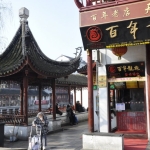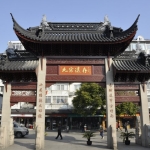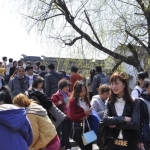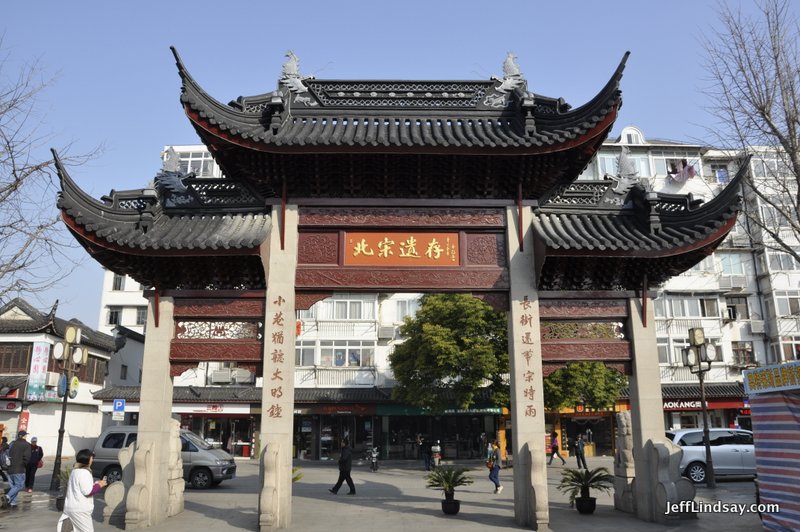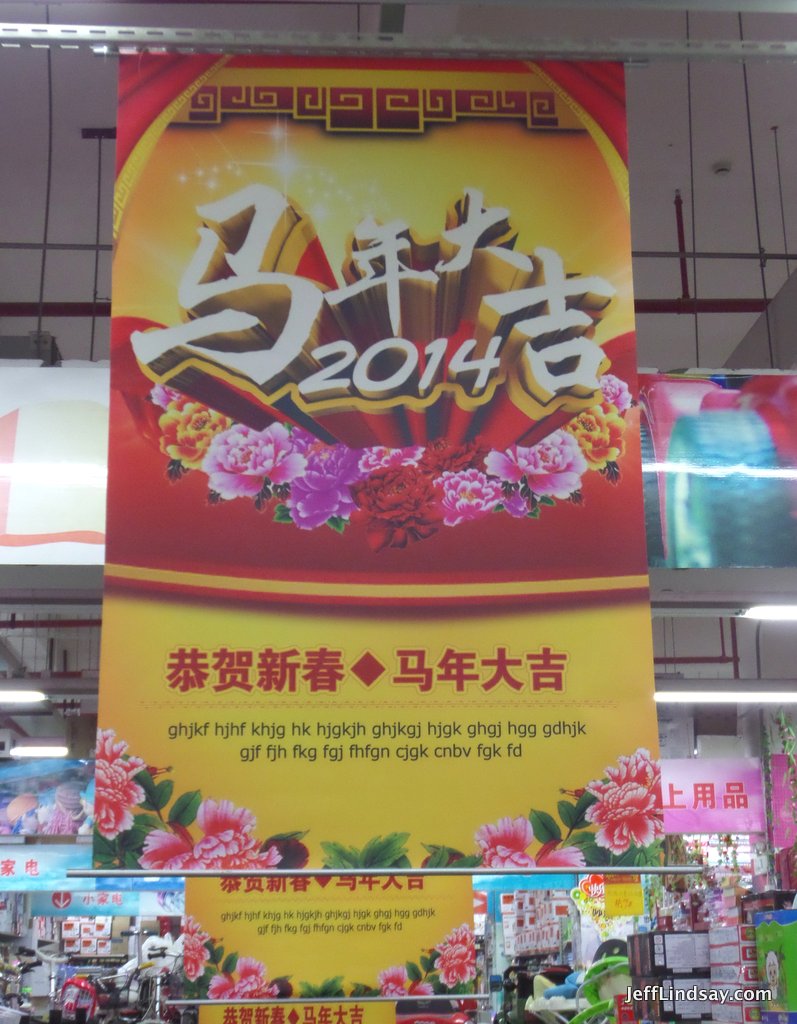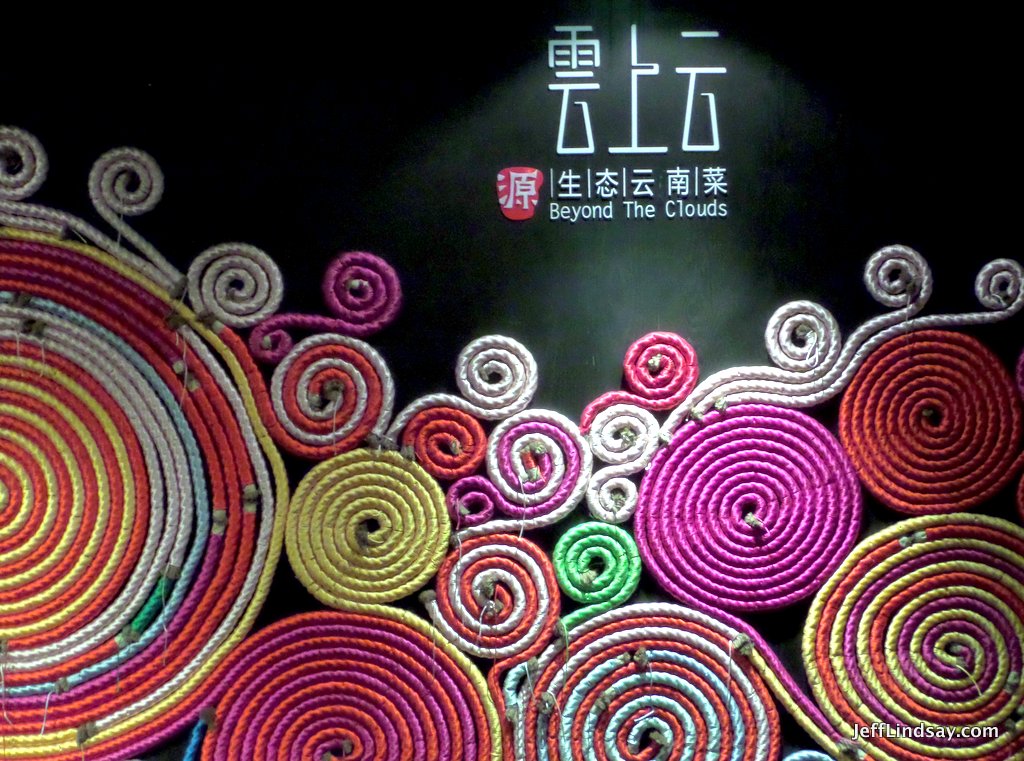Customer Service in China: China Telecom Busts Another Western Myth
I commonly hear Western businessmen stating that China doesn’t get innovation and customer service. I’ve discussed the myth of China’s lack of innovation on the Innovation Fatigue blog. Today I’ll share my experiences with China Telecom that convince me that the West has a few things to learn about the new world of customer service in China.
Some of the worst customer service I’ve ever experienced involved internet and cable TV service – in the United States. When we had technical problems, the hassles we faced when working with Time Warner in particular put real strains on my endurance. It took forever to reach someone, and then getting help to come fix a problem when that was needed was a real pain. Required advanced scheduling with no knowledge of when the people would show up. Coming to China, I expected things to be even worse. What a surprise that has been!
Two days ago I bought a new router for our home, worried that the signal strength of our old Apple Airport router was too low. But the new router, with instructions only in Chinese, wasn’t working right even after I thought I had done everything properly. I called China Telecom after 9 PM, reached an English speaking agent in about 2 minutes, and they said they would send someone out the next morning. I asked if they could make it around 6 PM when I would be back from work. They said OK, 6 PM or later. The next day at 6:05 PM, a friendly tech support man showed up. Big smile, very polite and kind. He understood exactly what I needed, went to the router, looked at the router page on my computer, clicked one area and immediately spotted an error in my set up. Within 2 minutes the problem was fixed. He then tested the connection, gave me his number in case I had any other trouble, smiled again, shook my hand, and was off. Then 5 minutes later, I got a call from China Telecom to ask how things went, if the problem was fixed, and if the service man had a good attitude and had given me his phone number, etc. Wow.
Rapid access to support, rapid scheduling of service, prompt arrival, quick resolution of trouble, and follow up. What a great lesson for American businesses. China Telecom is a large state-owned enterprise that represents mainstream Chinese business in this new era. China gets customer service. Sure, there are plenty of cases of bureaucracy in the way and lazy employees who don’t care, problems that abound in the West as well. But China Telecom’s fantastic customer service should be the gold standard that the West tries to copy and imitate, before it’s too late. Likewise, the burgeoning spirit of innovation and intellectual property support in China is something the West should learn from, though China has much to do in this area still. But don’t discount the competitiveness of China because you think they don’t get customer service or innovation. Time to start relearning what you think you knew about China, and relearning what you know and do about customer service.

